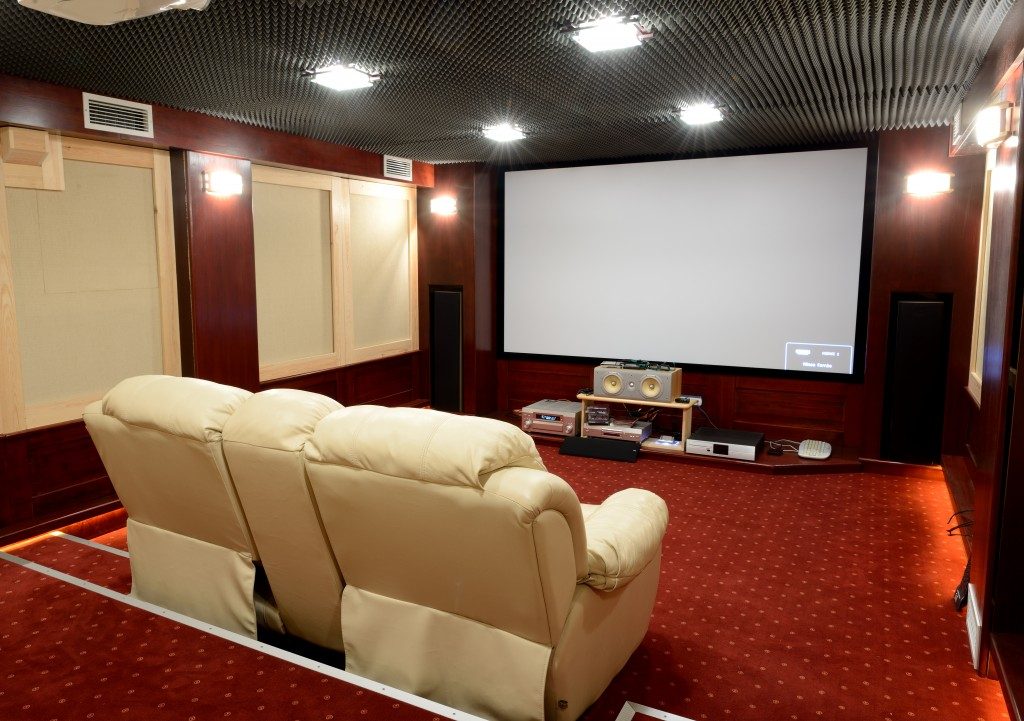For a medium-sized to a large-sized living room, building your home theatre system, with LCD TV or a projector, media player, and set of speakers, could easily cost you up to $4,000. If you want to go high end with the best video and audio system, plus well-designed plywood cabinetry with exquisite joinery, the cost could go as high as $10,000.
What if you could shave off a few hundreds of dollars from these figures? How about building your custom-made set of speakers from scratch? If you’re not too bad at handling a clamp and a saw, the following discussion provides some insights on how to build speakers.
Speaker Cost vs. Your Investment

Front, centre, surround, and bass, are the speakers required typically. This alone, depending on the quality or the brand of the speakers, will cost $100 to upwards of $1,200. A seasoned DIY builder estimates that the cost of your project is just 10% of the ready-made products. Your most significant investment will be time and effort.
If you’re a skilled carpenter, this project might require about 40 hours. So possibly more if you’re just so-so on the saw.
The DIY Journey

The specific DIY steps will require several pages. So, let’s cover the main stages of this discussion. How do you start this journey? There are three possible approaches, which include a) using a kit, b) using build plans, and c) DIY everything. For simplicity, we’ll focus primarily on the “using a kit” option and its related stages.
Using A Kit
Do your research first. You need to be familiar with the process before you start cutting your wood. You need to understand concepts like drivers and cross-over components.
A kit is something you can get from many retailers. It usually includes the driver or that big round thing many people refer to as “the speaker,” the crossover component, some foam, and maybe even some wood. There will be instructions, of course. Think of the kit as one of those model toys, like a plane, that you assemble.
Your next step is to decide what kind of kit or components to get. What kind of musical fidelity are you aiming for? Are you looking for a 6” driver? Start thinking about how big you imagine the actual box of the speakers will be based on the components you’re getting. Focal, Morel, or Usher are some known driver-makers in the market today.
Design the Box
Your component provider should be able to give you options regarding the design of the box. Draft the plan on paper or using a CAD system. This is where you determine the size of the box cavity or the thickness of the wood, which will both affect the sound quality. Cut the wood based on your sketch.
Put It Together

Once you’ve cut all the holes and assembled your box, you can attach the drivers and other components. Make sure that all the screws for the drivers and other components are correctly connected. Part of this assembling the speaker is the addition of a dampening (foam-like) material.
The finer details of the speaker build can be found online or from the kit itself. This is plenty of work, but it can be gratifying once you start listening to your creation.

